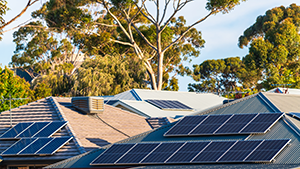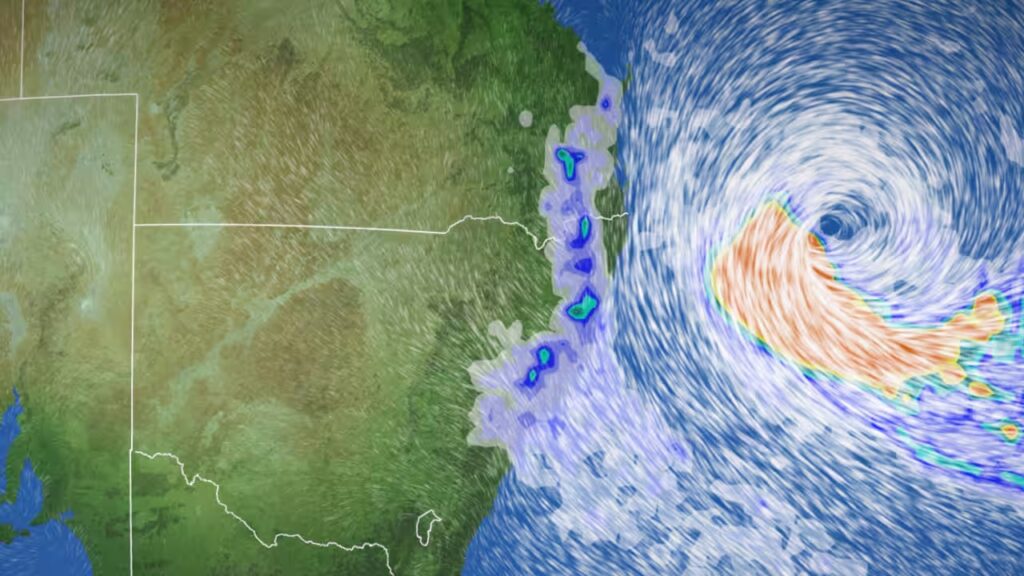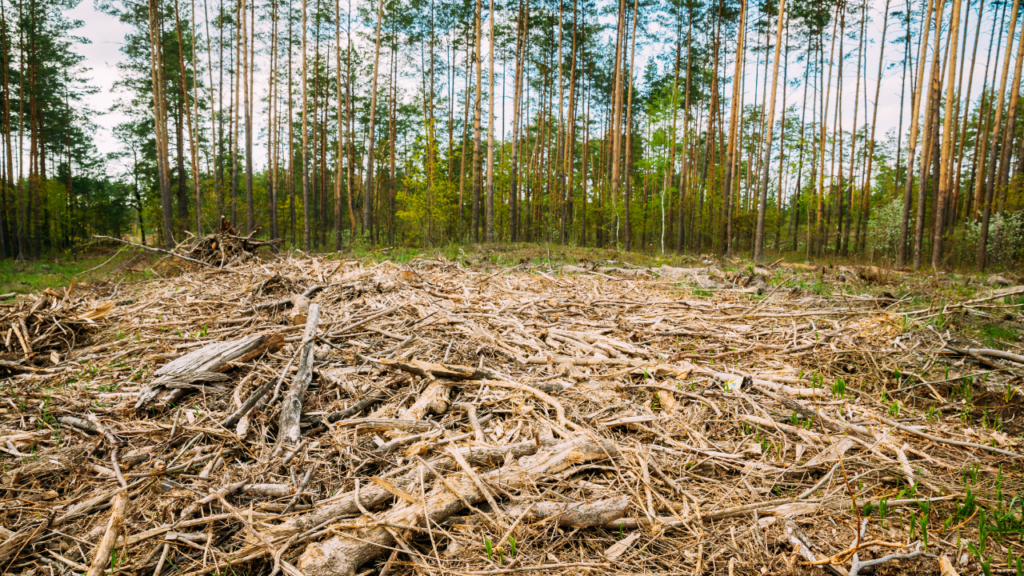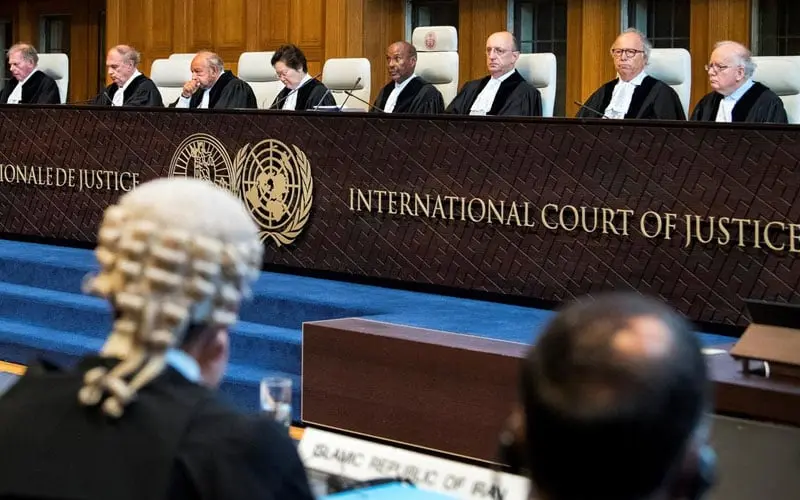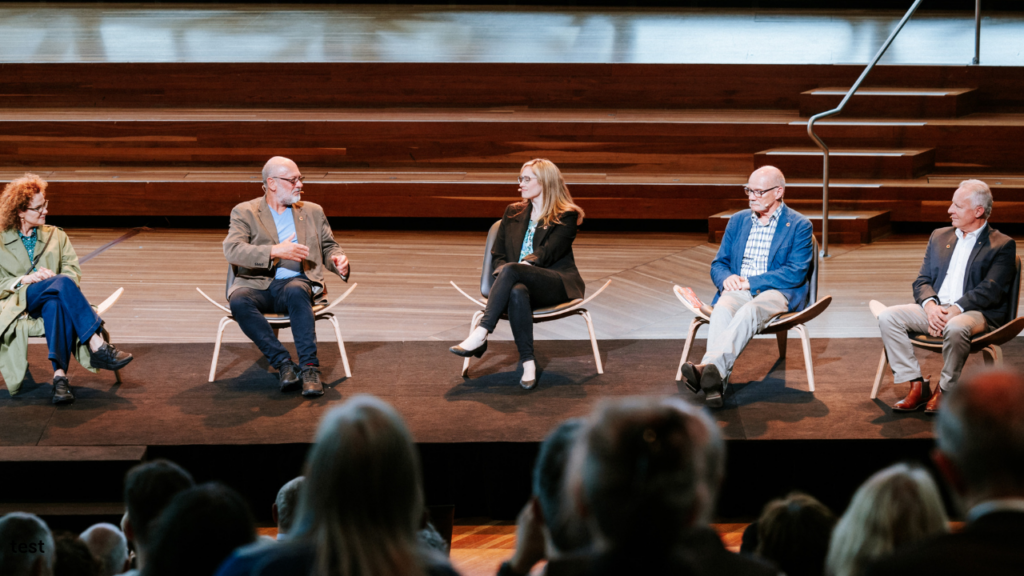The Climate Council has a plan that spells out how we can electrify the nation and cut climate pollution by 75% this decade. The plan shows how we can build on the momentum we’ve already created to ensure Australia has a clean economy powered by the sun and wind, set up our communities and kids for success, and get on a path to end climate pollution.
Powering ourselves with renewable energy backed by storage.
Today, Australia’s electricity sector produces climate pollution by burning coal, oil and gas to generate just over half of our electricity. But by 2030, renewable energy like wind and solar can meet almost all of our electricity needs with energy storage, like batteries, making clean energy available around the clock.
Where are we at?
The transformation of Australia’s electricity system is well underway, with:
- More than 40% of the electricity in our national grid coming from clean sources of power, like the sun and wind. This powers our homes and our businesses without producing climate pollution.
- More than three million households have taken control of their electricity bills by installing solar on their rooftops.
- Nearly 100,000 households have added a battery to their solar system, and government has invested in hundreds of community batteries (which share power between people in a local area) alongside large-scale batteries and pumped hydro.
- Australia’s ageing and increasingly unreliable coal-fired power stations are closing down, with the main grid operator expecting , all coal generators will be retired by 2038 at the latest.
| Electricity in 2024: | Pollutes 139 Mt CO2e (expected 2024 emissions) | Makes up 30% of national emissions | Reduced its climate pollution by 29% since 2005 |
What else can we do?
Many more Australian families can save money with rooftop solar, backed by batteries and large-scale renewable projects, so we power Australia with 94% renewable energy and slash climate pollution.
Generate and store more power in Australian communities and homes:
- Save households money by putting rooftop solar systems on four million more homes (totalling 24 GW). This would more than double the number of homes with rooftop solar today, putting affordable and reliable power directly into the hands of millions of Australians.
- Shore up renewable energy supplies day and night by installing two million household batteries and nearly 5,000 community batteries (totalling 24 GW of storage).
Continue to power up clean, abundant and affordable electricity:
- Between existing rooftop solar and large-scale renewable projects already built, in the pipeline or to be underwritten by existing schemes, we are on track to build more than half the 113 GW of large-scale capacity needed.
- By expanding large-scale renewable electricity capacity we can meet our own energy needs and lay the foundation for new clean export industries. There are great opportunities in commercial and industrial rooftop solar and onshore wind to deliver further renewable electricity.
- Utility-scale storage needs are expected to be fully met by existing government commitments, including storage to be underwritten by the expanded Capacity Investment Scheme. Anticipated pumped hydro projects will also be sufficient to meet storage needs.
With replacements in place, end coal power generation and start phasing out gas:
- Significantly reduce climate and air pollution by closing all coal-fired power stations by 2030.
- Stop building new gas generation capacity unless it can run on 100% renewable hydrogen, and start reducing gas capacity in preparation for a complete phase out. Australia already has enough gas generation capacity today to meet occasional peaks in demand expected.
By powering ourselves with clean energy, we can eliminate almost all climate pollution caused by burning coal, oil and gas to generate electricity by the end of the decade.
Find out more about each section of our plan:
Help turn this plan into action!
Our plan shows how we can cut climate pollution three times faster than current government plans each year to 2030.
Your donation will fund our climate science, advocacy, policy, media and communications experts to:
- influence decision makers to put these achievable recommendations into practice.
- get persuasive messages out, building public support for climate action at the speed and scale we need now.
There’s no time to waste. Our kids are depending on us.

